With thousands of hectares of lake surface, especially large hydroelectric lakes, Dak Doa district has great potential for aquaculture development, especially the cage fish farming model. In particular, with the participation of cooperatives, the model is developing in the direction of ecological safety and added value.
Clean production efficiency
In September 2020, Dak Krong Agricultural and Service Cooperative coordinated with the District Department of Agriculture and Rural Development and the Provincial Aquatic Breeding Center to deploy an additional ecological cage fish farming model on Dak Krong hydroelectric lake.
After more than 4 years of implementation, the model has gradually become one of the key production models, contributing to poverty reduction and economic development in the locality. Thanks to the effective application of science and technology in production, cooperative members have an average income of 100-250 million VND/year.
 |
| The cage fish farming model is showing development potential, bringing high income to farmers. |
According to statistics, Dak Doa district currently has over 100 households developing fish cage farming models, with a total area of thousands of hectares. In recent years, developing aquaculture in the direction of VietGAP associated with environmental protection is also a direction that the district has encouraged, focusing on supporting cooperatives and livestock households.
To increase efficiency, the district has promoted the transfer of science and technology, guided people to raise fish at the correct density, and ensured the distance between cages/rafts according to regulations; advised farmers not to release fish fry when water environment factors are not guaranteed.
Along with caged fish, pepper plants are also bringing high income to many farmers in Gia Lai. Nam Yang Agricultural and Service Cooperative is one of the typical units in pepper production in Dak Doa.
To increase production value, over the years, the cooperative has promoted support for members to apply science and technology and develop organic production.
Ms. Nguyen Thi Nga, Deputy Director of Nam Yang Cooperative, said that the Cooperative is currently using management software to identify each garden, production location, fertilization date and dosage, harvesting, processing... Thanks to the effective application of science and technology, safe production, productivity and product quality of the Cooperative have significantly improved.
Up to now, Nam Yang Cooperative has successfully developed organic pepper products, recognized by the Union International Organization as meeting organic standards of the United States and Europe.
Link to success
In addition to perfecting the production process, in recent times, Nam Yang Cooperative has also paid special attention to promoting its brand and connecting with the consumer market. Specifically, the Cooperative uses social networks such as Zalo and Facebook, creates a website, and participates in e-commerce platforms to introduce products, find partners, and connect with domestic and foreign consumers.
“The cooperative currently has 110 members, cultivating 80 hectares of pepper and 120 hectares of coffee. Thanks to high-standard, safe production, the cooperative has 6 products achieving 3-4 OCOP stars at the provincial level,” said a representative of the Nam Yang Cooperative.
 |
| Applying science and technology and keeping up with digital transformation is the key to helping many Gia Lai farmers get rich. |
Not only at Nam Yang Cooperative, the “revolution” in commodity-oriented production thinking and the application of organic farming processes is taking place at many cooperatives in Gia Lai province. A typical example is Hung Thom Gia Lai Agricultural and Service Cooperative (Dak Ta Ley Commune, Mang Yang District) with a passion fruit growing model.
Mr. Hoang Long Quan is one of the first farmers who boldly and confidently joined the passion fruit growing model of Hung Thom Gia Lai Cooperative. Since 2019, after being provided with seeds and technical care instructions, his family's passion fruit trees have grown very well. Not only that, the cooperative also purchased the products of the lemon garden at a high price, so the family's economy has improved.
“Currently, my family has 2,000 passion fruit trees, earning an annual profit of about 300 million VND. To achieve this, my family must strictly follow the passion fruit care regimen as instructed by the cooperative, mainly using manure for organic production. Therefore, passion fruit is always purchased by the cooperative at a very high price,” Mr. Quan shared.
It is known that in recent years, Hung Thom Gia Lai Cooperative has cooperated with more than 150 households in the districts of Mang Yang, Dak Po, Kbang, Chu Prong... to produce more than 300 hectares of passion fruit. Of which, about 80 hectares of passion fruit meet GlobalGAP standards.
“In the context of fierce competition, only strong investment in science and technology can help cooperatives and farmers solve market problems, increase the value of cultivation, and get rich on their homeland. Currently, the cooperative's passion fruit products are trusted by customers, some use them directly, some use them as ingredients to make confectionery and dishes,” said Ms. Do Thi My Thom, Director of Hung Thom Gia Lai Cooperative.
Promote support policies
It can be seen that cooperatives and cooperative groups are actively contributing to the process of transforming agricultural structure towards commodities associated with value chains and effectively applying high technology in Gia Lai.
In general, Gia Lai is a province with diverse climate and large area, suitable for large-scale agricultural development. Promoting these advantages, Gia Lai has been striving to become one of the centers of high-tech agricultural production and processing in the country.
Gia Lai agriculture is developing in an organic direction, investing in technology and linking with the value chain.
Up to now, the whole province has converted more than 7,100 hectares of crops with higher economic efficiency; more than 48,400 hectares of crops apply advanced irrigation technology, saving water; about 255,670 hectares of crops are produced according to VietGAP, GlobalGAP, 4C, Organic, Rainforest Alliance, FLO standards...
With the current results, the province plans to continue focusing on developing agricultural infrastructure, especially irrigation infrastructure to serve agricultural production; promoting trade promotion activities, developing markets closely connected with the global consumption network.
At the same time, promote the application of science and technology, especially high technology, in production, encourage clean agricultural production and organic agriculture; develop multifunctional forestry, plant large timber forests, strictly control forest management and protection, and improve the level of ensuring the supply of raw wood for the processing industry.
Besides, continue to call for investment projects in agriculture, creating motivation for modern and effective agricultural development, aiming at poverty reduction and enriching farmers.
Source: https://baodaknong.vn/nong-dan-gia-lai-nuoi-ca-long-thu-tram-trieu-trong-ho-tieu-chanh-day-cung-kiem-bon-tien-228541.html


![[Photo] Nearly 3,000 students moved by stories about soldiers](https://vphoto.vietnam.vn/thumb/1200x675/vietnam/resource/IMAGE/2025/5/17/21da57c8241e42438b423eaa37215e0e)
![[Photo] More than 17,000 candidates participate in the 2025 SPT Competency Assessment Test of Hanoi National University of Education](https://vphoto.vietnam.vn/thumb/1200x675/vietnam/resource/IMAGE/2025/5/17/e538d9a1636c407cbb211b314e6303fd)
![[Photo] Prime Minister Pham Minh Chinh chairs meeting on science and technology development](https://vphoto.vietnam.vn/thumb/1200x675/vietnam/resource/IMAGE/2025/5/17/ae80dd74c384439789b12013c738a045)


![[Photo] Readers line up to visit the photo exhibition and receive a special publication commemorating the 135th birthday of President Ho Chi Minh at Nhan Dan Newspaper](https://vphoto.vietnam.vn/thumb/1200x675/vietnam/resource/IMAGE/2025/5/17/85b3197fc6bd43e6a9ee4db15101005b)


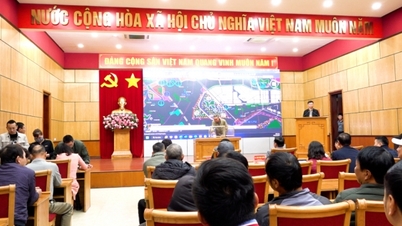

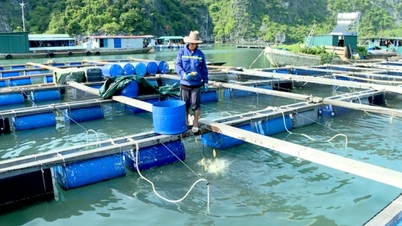
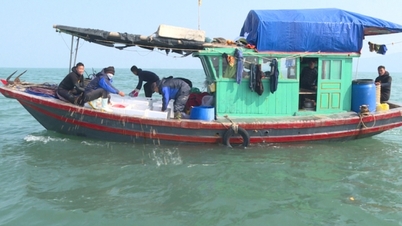
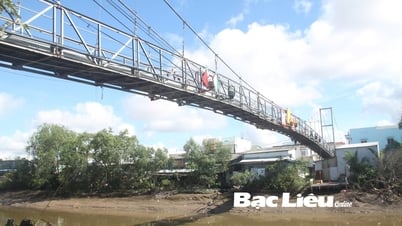
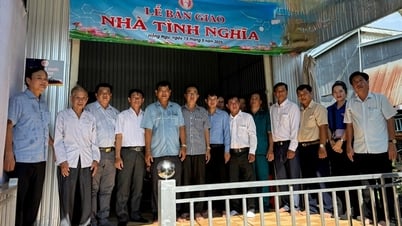
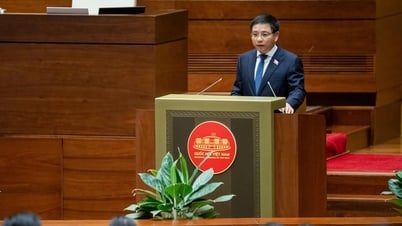

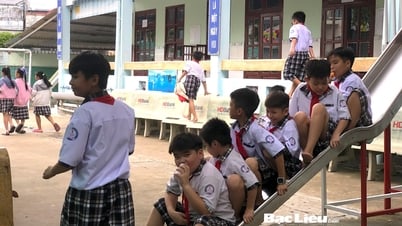
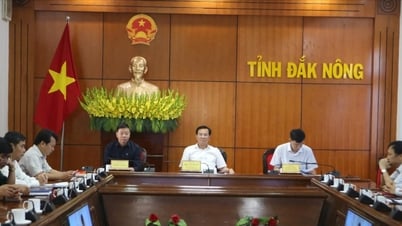
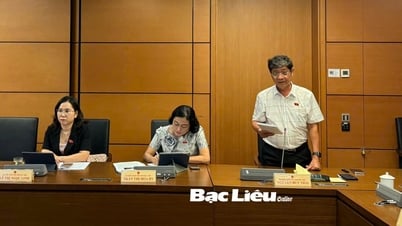






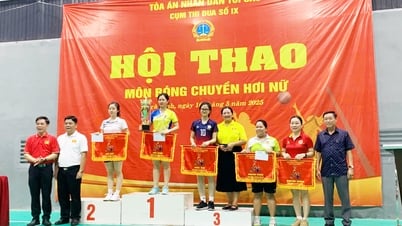

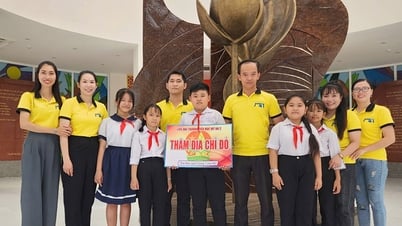



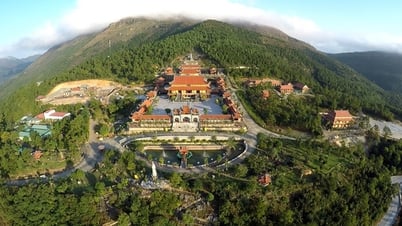

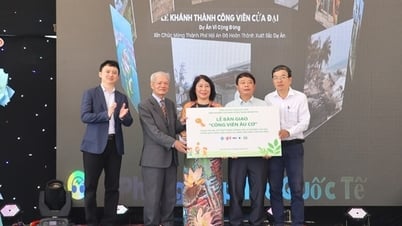





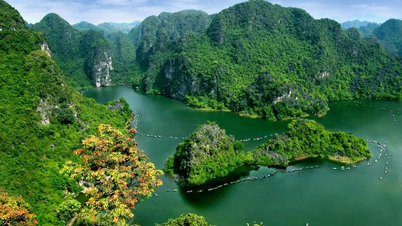

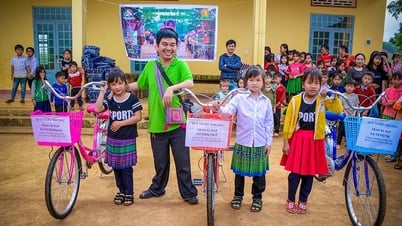







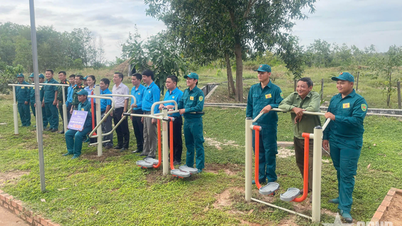



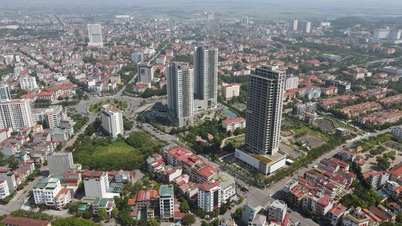
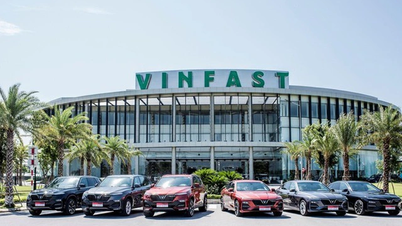







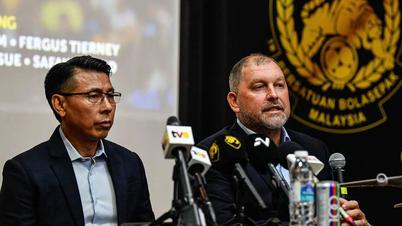
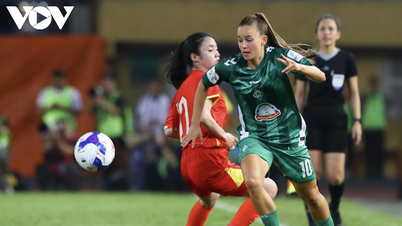

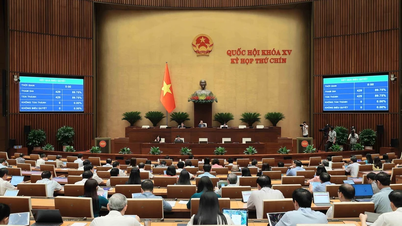

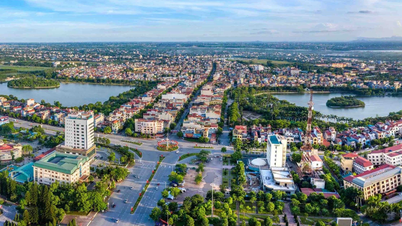



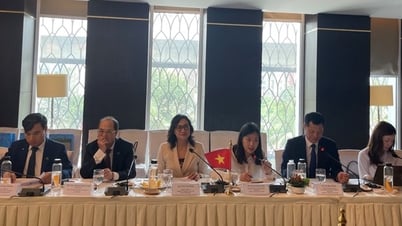

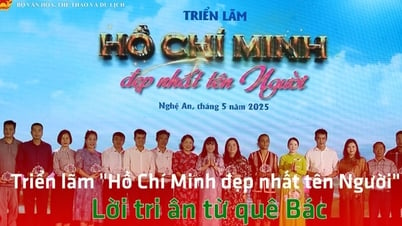



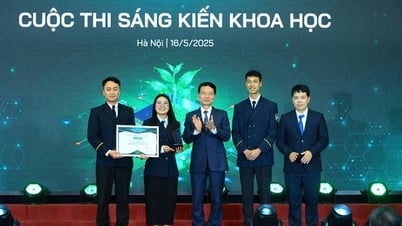
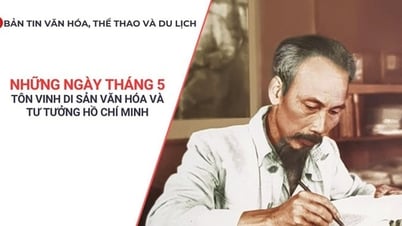
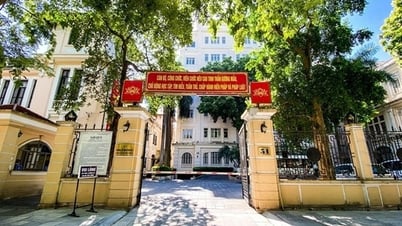
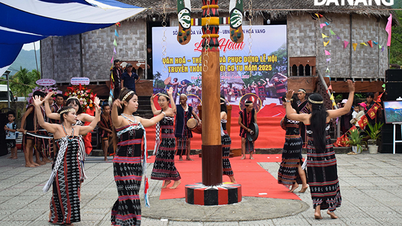

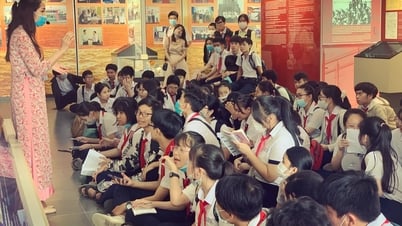
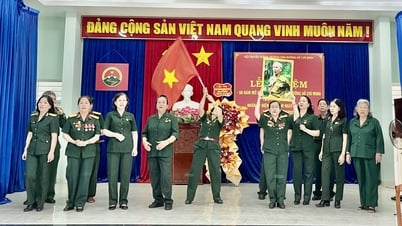

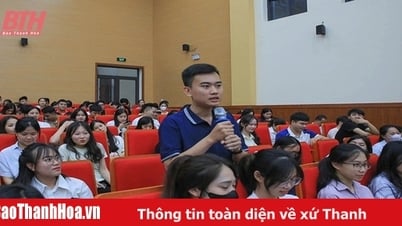












Comment (0)